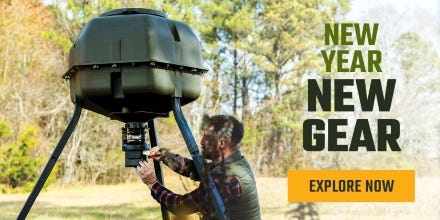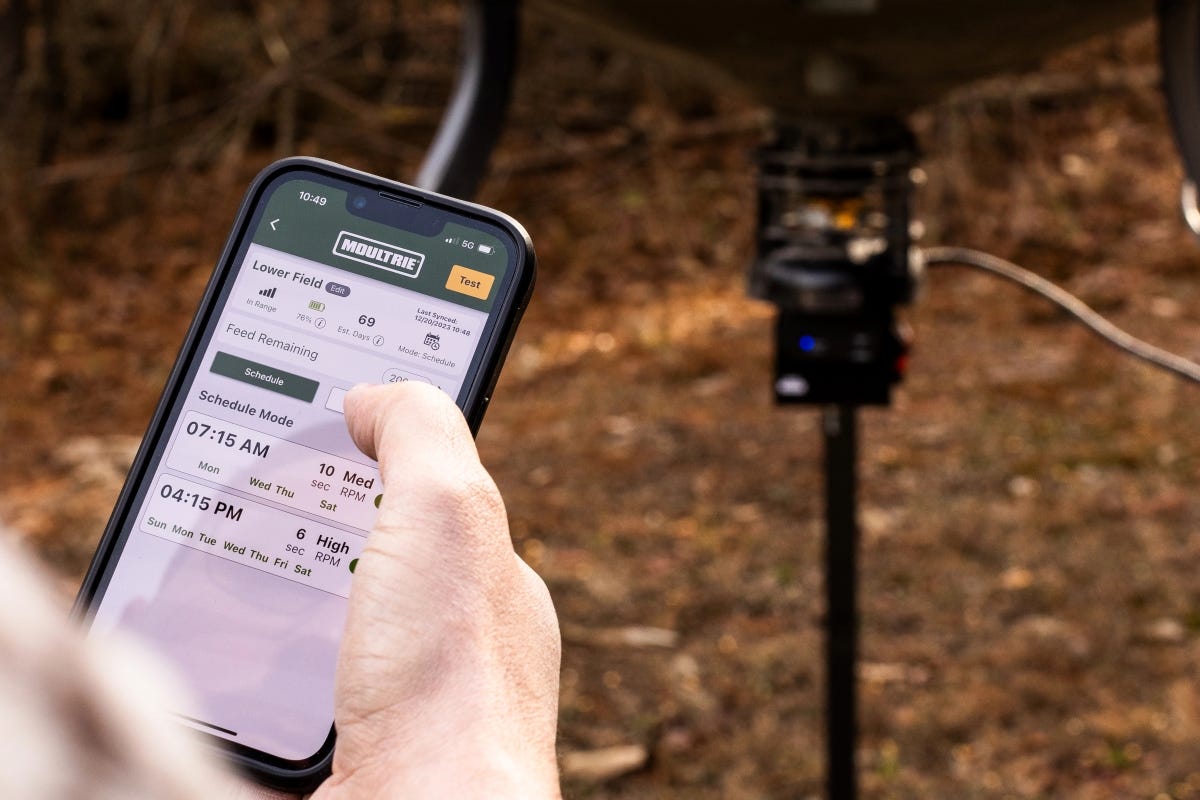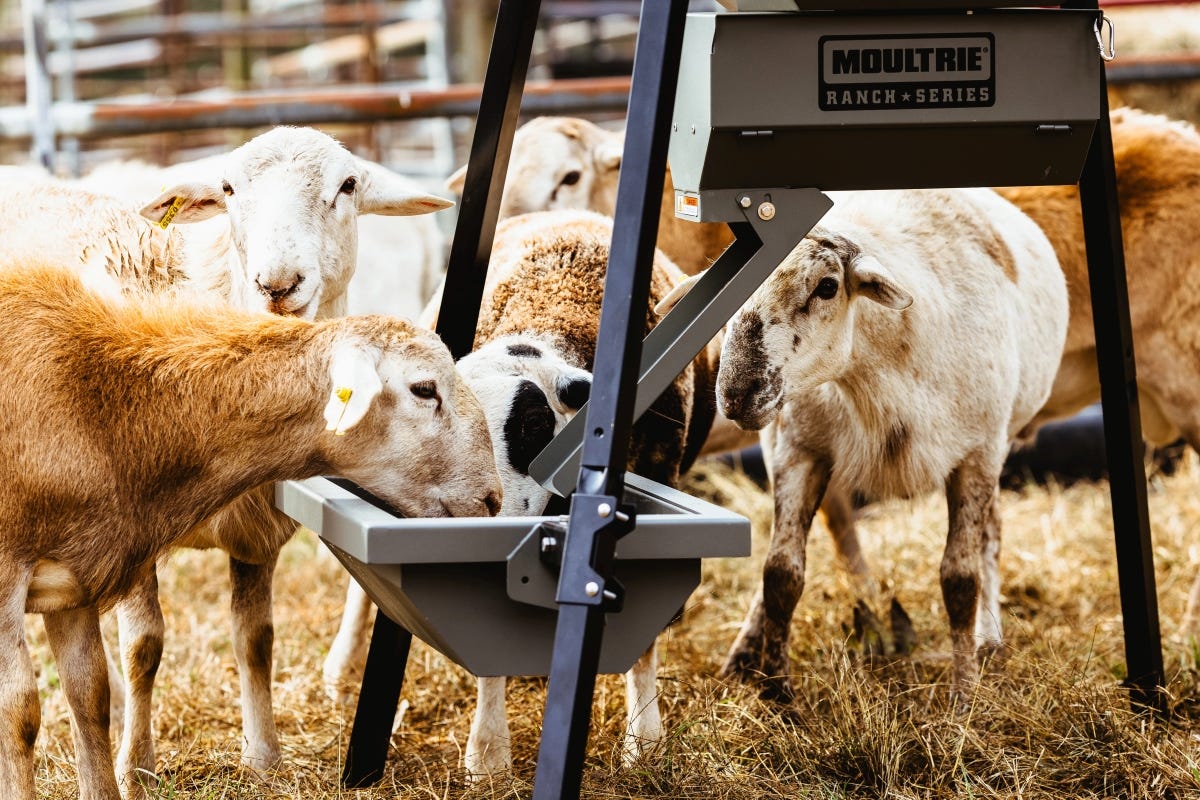- Apr 9, 2019
Find the Strut Zone


Here’s a bit of turkey hunting wisdom for you: A gobbler struts where it struts. While that might not be the most revelatory nugget of knowledge, what it lacks in profundity it makes up for in truth.
It wasn’t all that long ago that I was a turkey hunting newbie. I was in college before I saw my first wild turkey where I live in southern Michigan. I was lucky enough to draw a tag the following spring, and I spent the next few years devouring everything about turkey hunting that I could get my hands on.
Many of those materials referenced “strut zones.” Find those magical areas, the authors preached, and you’ll have a sure-fire killing spot. Strut zones were almost always defined as areas of elevation, usually hardwood knobs or ridges or small, hidden fields.
Over the years, I’ve seen gobblers strutting in those classic spots, but I’ve seen them just as often strutting in large wheat fields, along the edges of low-lying swamps, and near pieces of farm equipment behind old barns. There seems to be no rhyme or reason to where gobblers do their mating dance. They strut where they strut.


Now, I certainly subscribe to the notion that spring gobblers will frequent favored strut zones, and that staking out those areas can be a highly effective way of filling tags, particularly during peak breeding when birds are less vocal. What I don’t believe, however, is that strut zones can be easily defined by geography or features. So how are you supposed to find them? Well, you just have to look.
Do Your Homework
For starters, most strut zones are located within a couple hundred yards of a primary roost area. After all, a strut zone is where a gobbler likes to hang out with hens. Therefore, that zone needs to be in an area that turkeys tend to frequent and with good visibility, both so the longbeard can see approaching hens and so approaching hens can see the gobbler doing his thing.


Finding a primary roost area is pretty simple: Get up early and listen at sunrise. If gobblers are around, you’ll hear them. From there, I’ll use my eyes — whether it’s actual in-field sightings or employing trail cameras. In fact, using cams to identify active strut zones has had the greatest impact on the way I hunt over the past few seasons.
Because I hunt several different states each spring, my scouting time is limited by travel distance. Thanks to cameras that utilize cellular data systems, like the Moultrie Mobile system, I’m able to monitor cameras set near potential strut zones even when those zones are hundreds of miles away.
Typically, once I’ve found an area where gobblers like to strut, that zone will produce year after year. However, changing crop rotations, heavy rains that cause flooding and other factors will impact which zones are active in any given spring. This is where trail cameras really shine.
Long-Distance Recon
As mentioned, most of the strut zones I’ve located over the years are within a few hundred yards of a primary roost site. To find one in a new area that I’m not able to physically monitor several mornings in a row, I’ll hang cellular trail cameras in spots that offer good visibility and have some amount of turkey sign already in place.


I don’t worry about whether the zone is a classic hardwood ridge, an oak knoll or an elevated bench. It just has to be near a primary roost area and look like a place where gobblers would strut. Toss in some tracks and droppings, and the odds are good you’ve found a strut zone.
Also, when walking along field edges or gravel/dirt roads, look for what appears to be long claw marks scratched into the ground. The marks will be in pairs the width of a strutting turkey’s body and they can be in a straight line or in a circular pattern. These are the classis signs of a strutting gobblers wings dragging the ground. Find a lot of these in one area and you’ve located a well-used strut zone.
It won’t take long to know which zones are worth hunting and which should be passed on. This can be done with long-range glassing, but cams certainly make the task a lot easier.
Once you’ve found an active zone, get on it quick. Conditions and foliage change fast in the spring. If you do happen to fill a tag with a strut-zone gobbler, don’t think the spot is done. Competing gobblers will likely move in and use that same strut zone once it’s been vacated. —Tony Hansen
About the Author: Tony Hansen manages for and hunts mature whitetails in his home state of Michigan, where sweating the details is the only way to succeed. When not hunting his own properties, he can be found pursuing deer on public land throughout the whitetail’s range. Tony’s writings have appeared in Outdoor Life, Traditional Bowhunter, North American Whitetail, and Bowhunter.






